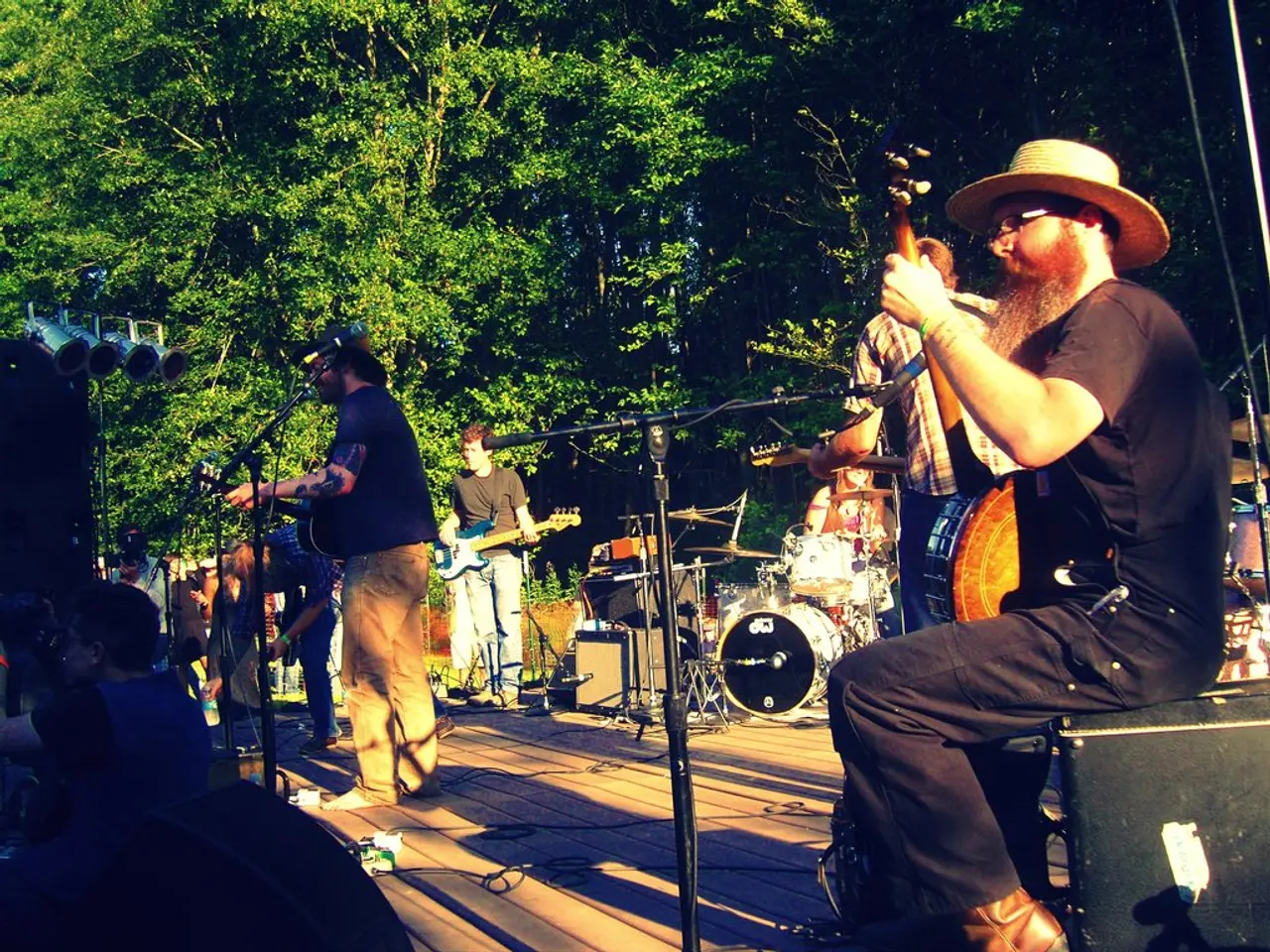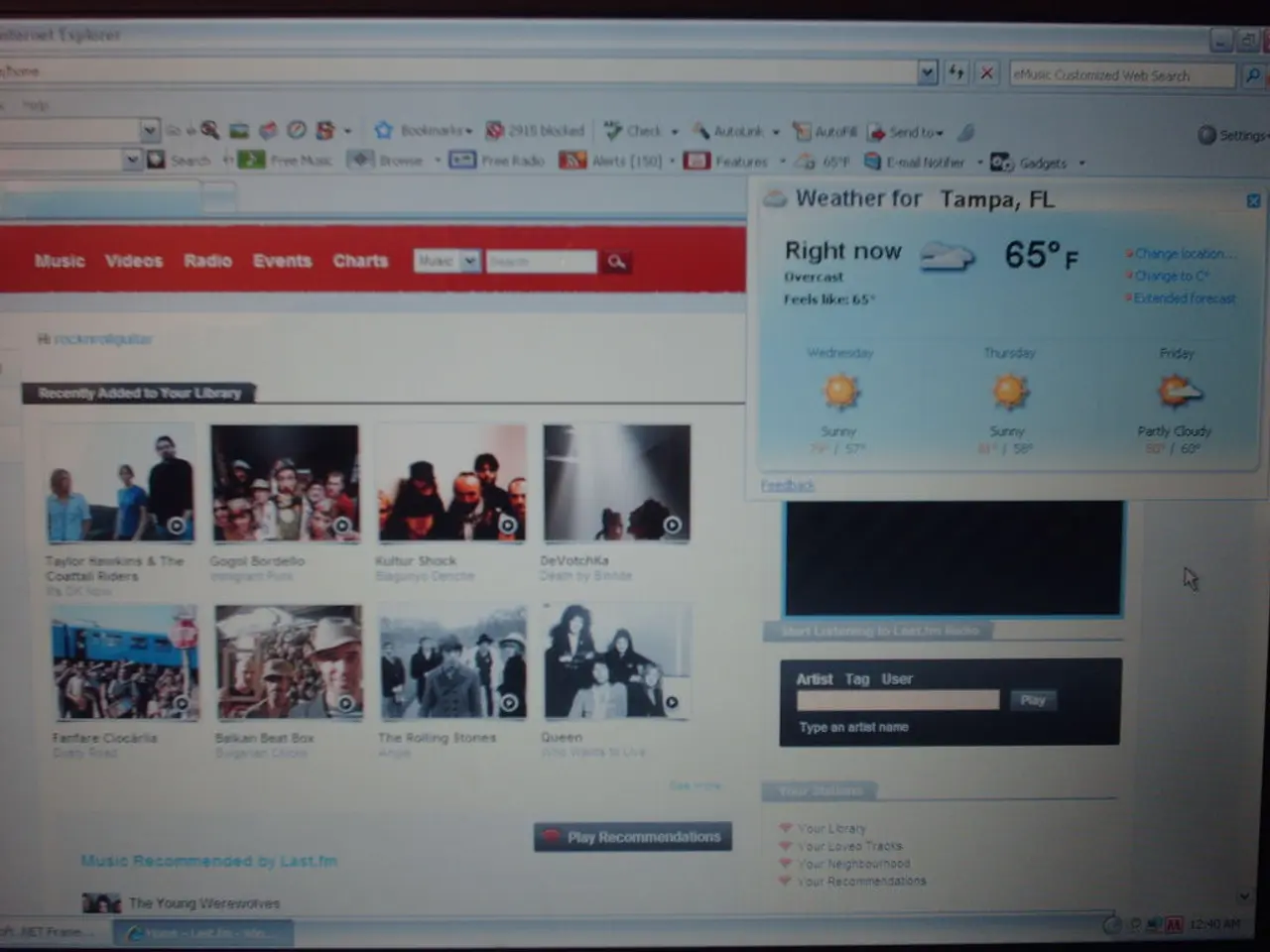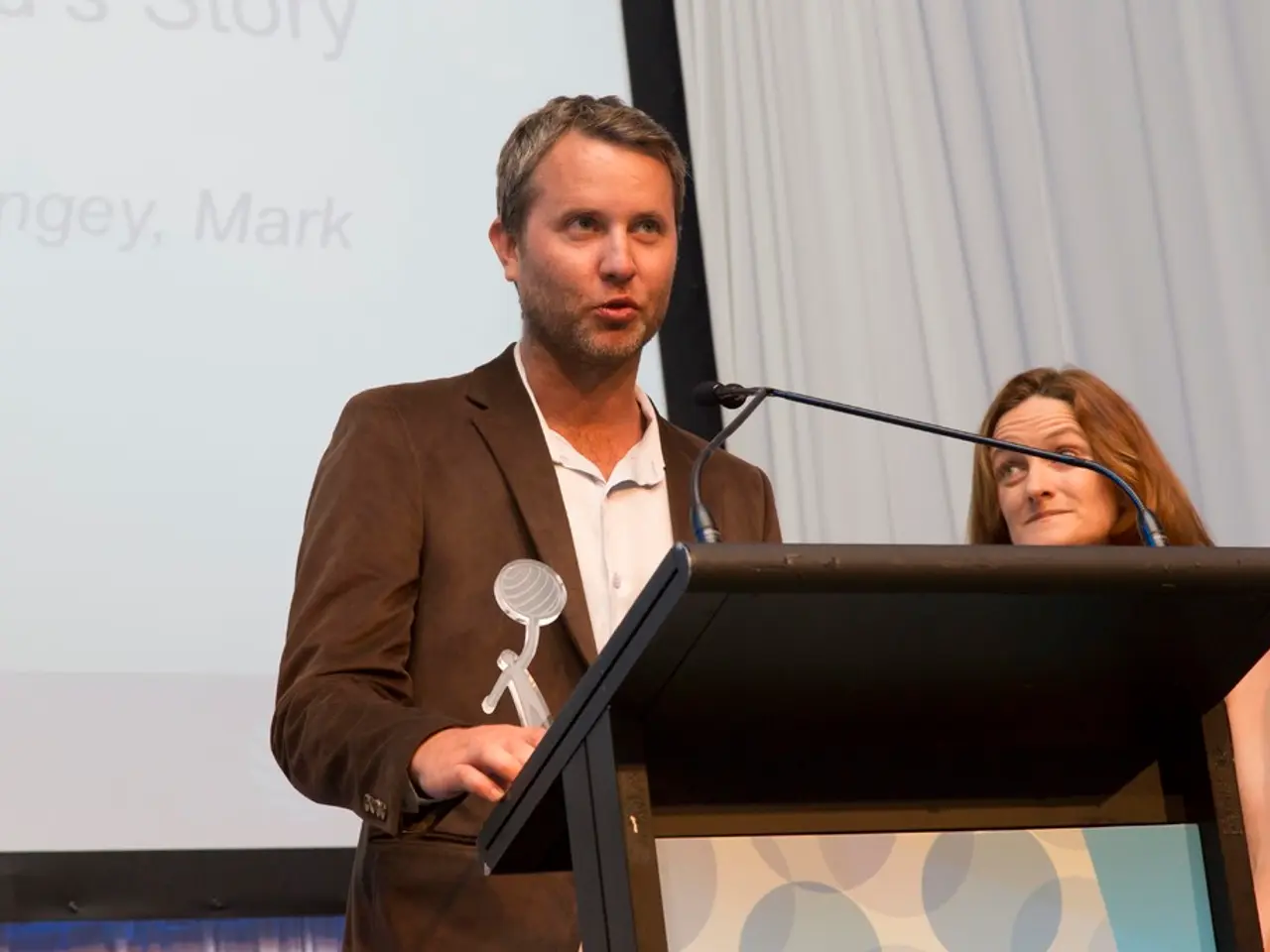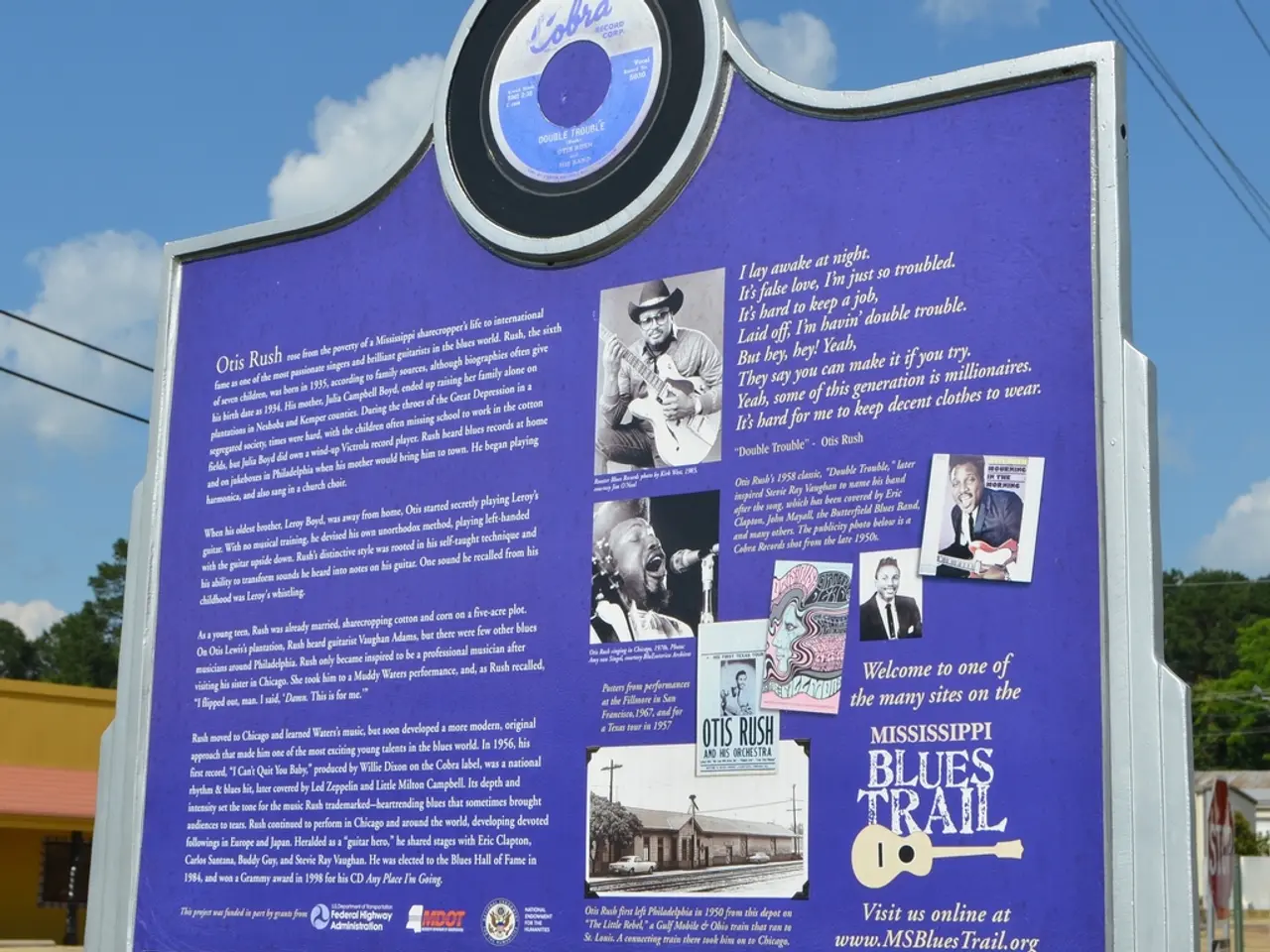The Functioning of Audio Recording Studios Explained
The history of recording studios can be traced back to the late 19th and early 20th centuries, when the first studios emerged from early experiments with sound recording technologies like the phonograph. These initial studios focused primarily on capturing performances onto physical media such as wax cylinders or discs.
Early Recording Equipment
Before the advent of microphones and electronic amplification, sound was captured mechanically using large acoustic recording horns. These horns directed sound waves onto a diaphragm connected to a stylus, which then etched vibrations into a wax disc or cylinder. Other early recording equipment included mechanical devices such as Edison’s phonograph and Berliner’s gramophone, which recorded sound mechanically without electronic assistance.
As technology advanced, magnetic tape recorders became standard in studios, offering more flexibility in recording and editing. For example, the Ward brothers in the early 1960s used a Rosser Electronics mixing console and a Ferrograph tape machine to record local bands in their attic studio.
Transition to Professional Studios
The first professional studios began setting up mixing consoles to manage multiple sound sources, evolving towards the multitrack recording setups common since the 1950s and 60s. Notable developments include:
- Gold Star Studios (opened 1950): Known for Phil Spector’s "Wall of Sound" production technique, which layered many instruments together and used echo effects, recorded in a small but pioneering Hollywood studio with innovative microphone and mixing techniques.
- Rockfield Studios (early 1960s): Started by two brothers using a portable reel-to-reel tape deck, mixing console, and acetate cutting equipment, showing how studios expanded from home setups to professional operation.
- Record Plant studios (starting 1968): Represents an advancement into high-tech, high-profile studios with modern equipment and an emphasis on both technical innovation and artist comfort.
Modern Recording Studios
Today, recording studios have evolved to incorporate digital devices and software programs such as sequencers and digital audio workstations (DAW). High-end microphones, preamps, and outboard gear are essential equipment in professional studios. An isolation room may be necessary for loud instruments like drums, while a studio must provide a sound-protected environment to capture, record, combine, re-record, and edit sounds.
Building a recording studio requires careful consideration of digital equipment, soundproofing, acoustical concerns, and possibly construction or remodeling of the actual space. When renting a recording studio, it's important to consider the sound engineers, equipment, acoustics, past work, and project rate. When choosing a studio, it's essential to consider the services offered, as well as the budget.
With the advent of digital devices, musicians can easily and inexpensively combine composing, performing, recording, and mixing functions, making the process more accessible than ever before. However, working with an experienced sound engineer can help save time and money by streamlining the recording process.
References:
[1] "The History of Recording Studios." Sound On Sound, 1998, https://www.soundonsound.com/sos/may98/articles/history.htm.
[2] "The History of Recording Studios: Part 2." Sound On Sound, 1999, https://www.soundonsound.com/sos/jun99/articles/history2.htm.
[3] "The History of Recording Studios: Part 3." Sound On Sound, 1999, https://www.soundonsound.com/sos/jul99/articles/history3.htm.
Technology has advanced the recording process significantly, with digital devices and software programs like sequencers and digital audio workstations (DAW) becoming essential components in modern recording studios. In these studios, entertainment and music converge, as artists create, record, and edit their work in a sound-protected environment. Today's studios are not just physical spaces but also virtual ones, enabling musicians to manipulate and perfect their musical creations through technology.




